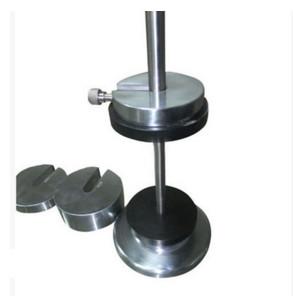SKYLINE (DONGGUAN SKYLINE INDUSTRIAL CO.,LTD) provides full
line of Toys Testing Equipment, Fire Testing Equipment
,Flammability Testing Equipment,Tensile Test Machine, Furniture
Testing Machines ,Textile Testing Equipment and other lab test equipment .We also offers value added support
services like lab layout, calibration testing procedures /
standards, recording techniques and operations of equipment, etc.
We have agents to support you in over 10 countries around the
world. With a network of representatives providing sales and
technical support world-wide.
SKYLINE has achieved good repute in the fields of Fire Testing
Equipment, Footwear Testing Equipment, Toy Testing Equipment,
Furniture Testing and other lab test equipment.
SKYLINE focus on the lab testing equipment for decads
and we manufacturers the testing instrument as per
the international standards like EN71, ASTM, IS 8124 and SRS.
Our major customers are BV, ITS, TUV, SGS, Hasbro and SASO, For
these customer 100% testing instruments are supplied by
SKYLINE and we are the continuous supplier for these lab.
Since SKYLINE is a manufacturer design/develop with advanced
technology and having well experienced Technicians which will
provide high quality service after sale.
Our main products
Lab Testing Equipment
Flammability Testing Equipment
Fire Testing Equipment
Wire and Cable Fire Tester
Building Material Fire Tester
Toys Testing Equipment
Environmental Test Chamber
Textile Testing Equipment
Furniture Test Machine
Mattress Testing Machine
Temperature And Humidity Test
Our Service
Testing Equipment Design and manufacture
Test Lab Planning and Establish
Toys Test Equipment Upgrade
Toys Test Equipment operation Training
Toys Finish Goods and Mattress Inspection
Acting for Customer Testing and Certifying
Acting for Foreign Trading Company Quality Inspection
Please have a look at our website and don’ t hesitate to contact us
if any items catch your interest. We will do our best to meet your
requirement.
Thank you for visiting. We look forward to your inquiry to carry
forward win-win cooperation with you soon.








